The principle of coal-fired power generation includes three main processes: combustion, steam circulation, and power generation. The following is a detailed explanation:
1. Combustion process: Coal fired units use coal as fuel. In the combustion process, coal reacts with oxygen in the air at high temperature to produce high-temperature combustion gas. The high-temperature gas generated during this combustion process contains a large amount of thermal energy.
2. Steam cycle process: The high-temperature gas generated after combustion passes through the boiler, transferring the heat energy from it to water, causing the water to be heated and converted into steam. Steam is transported to the steam turbine through high-pressure pipelines.
3. Power generation process: After receiving high-temperature and high-pressure steam, the steam turbine starts to rotate and rotates the generator through a shaft set connected to the generator. The rotor in the generator generates current under the action of a magnetic field, thereby converting thermal energy into electrical energy. Finally, the electrical energy is boosted through a transformer and supplied to the user through the power grid.
In summary, the principle of coal-fired power generation is to use the combustion of coal to generate high-temperature gas, transfer the heat energy from it to water, convert the water into steam, and then drive the generator to rotate through a steam turbine, ultimately converting the heat energy into electrical energy and supplying it to users.
This article is dedicated to the friendship of gas generator units. For more relevant knowledge, please click on: Sincere attitude. We will provide you with comprehensive services. We will gradually contribute more relevant knowledge to everyone. Stay tuned
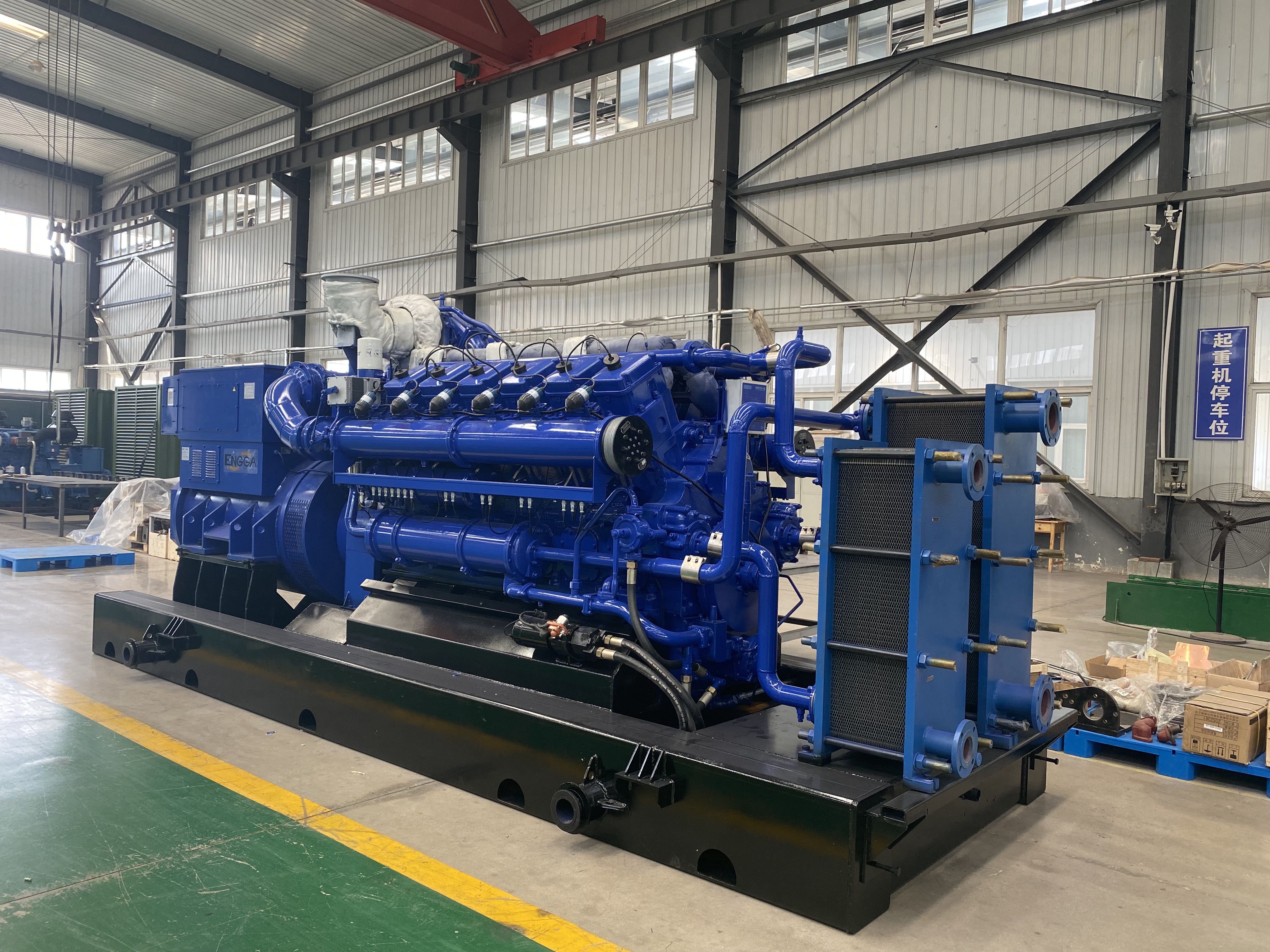
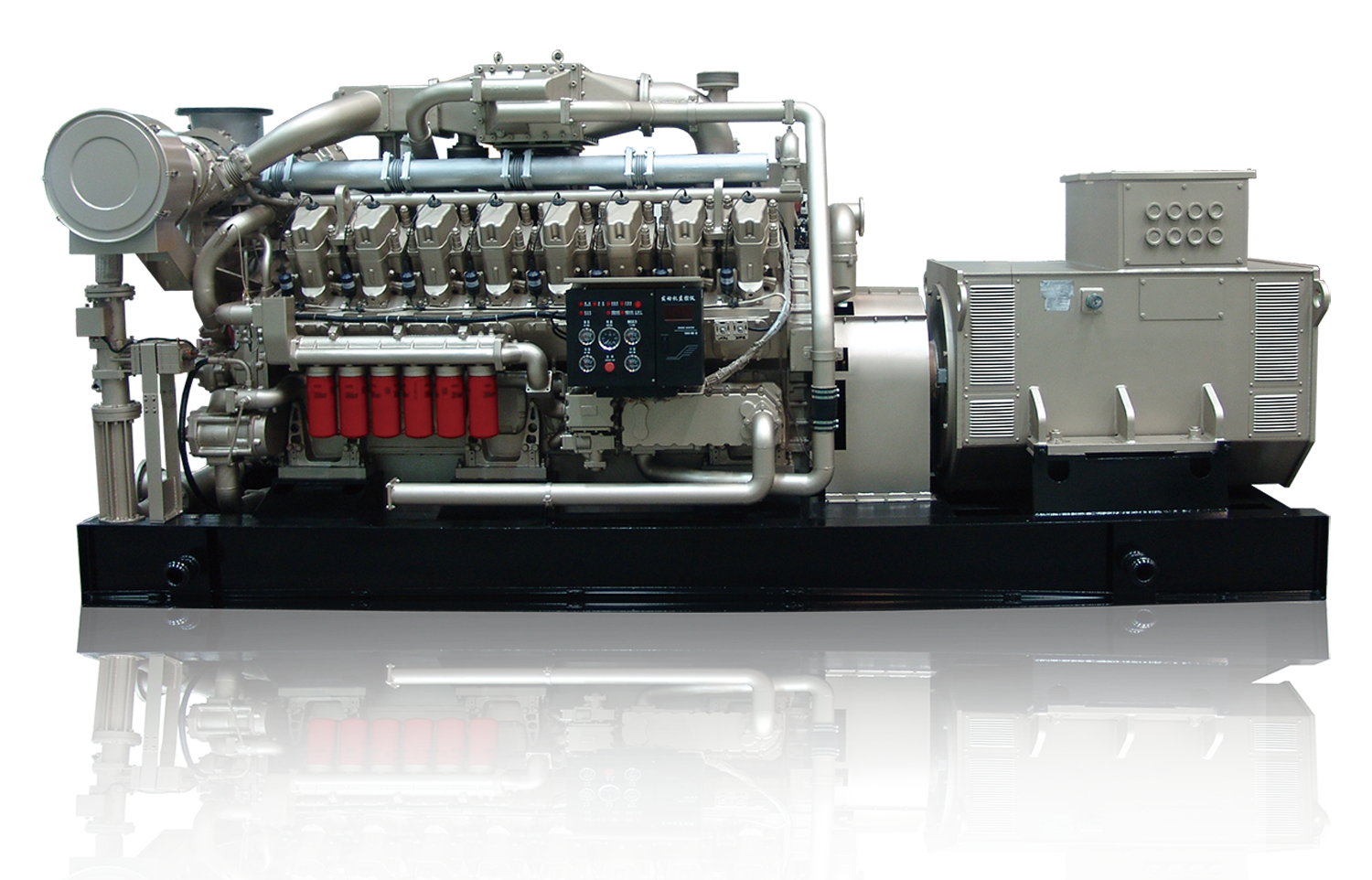
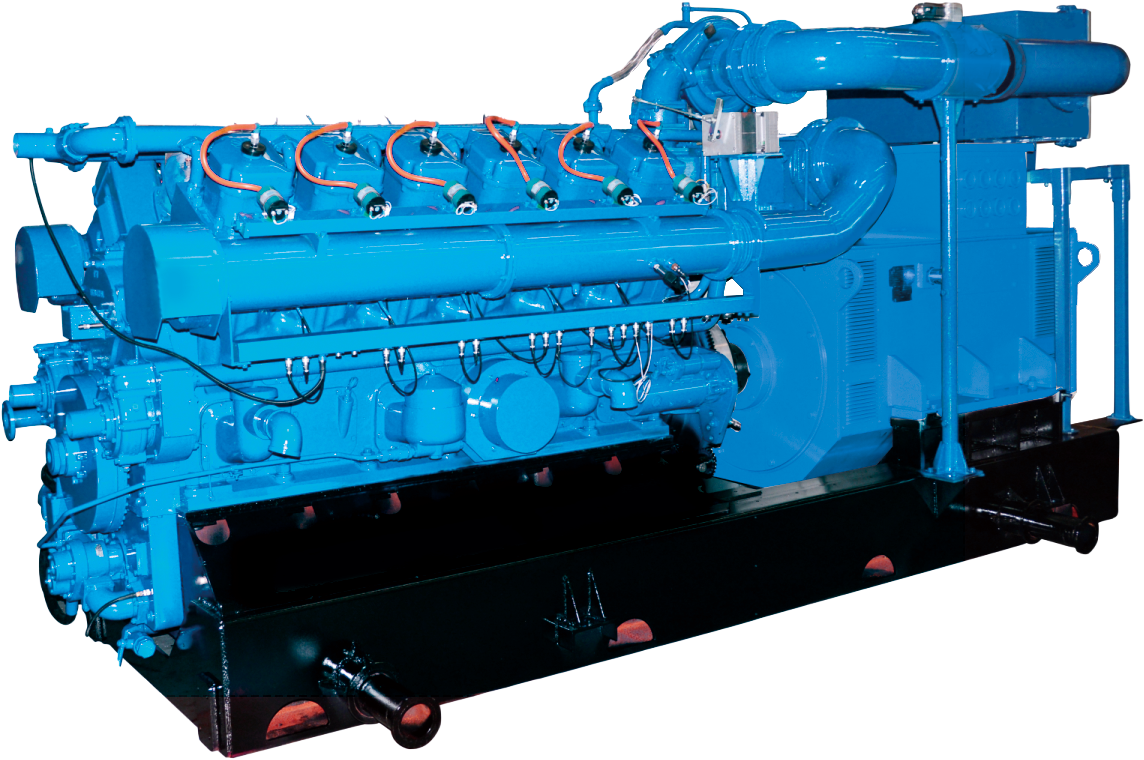
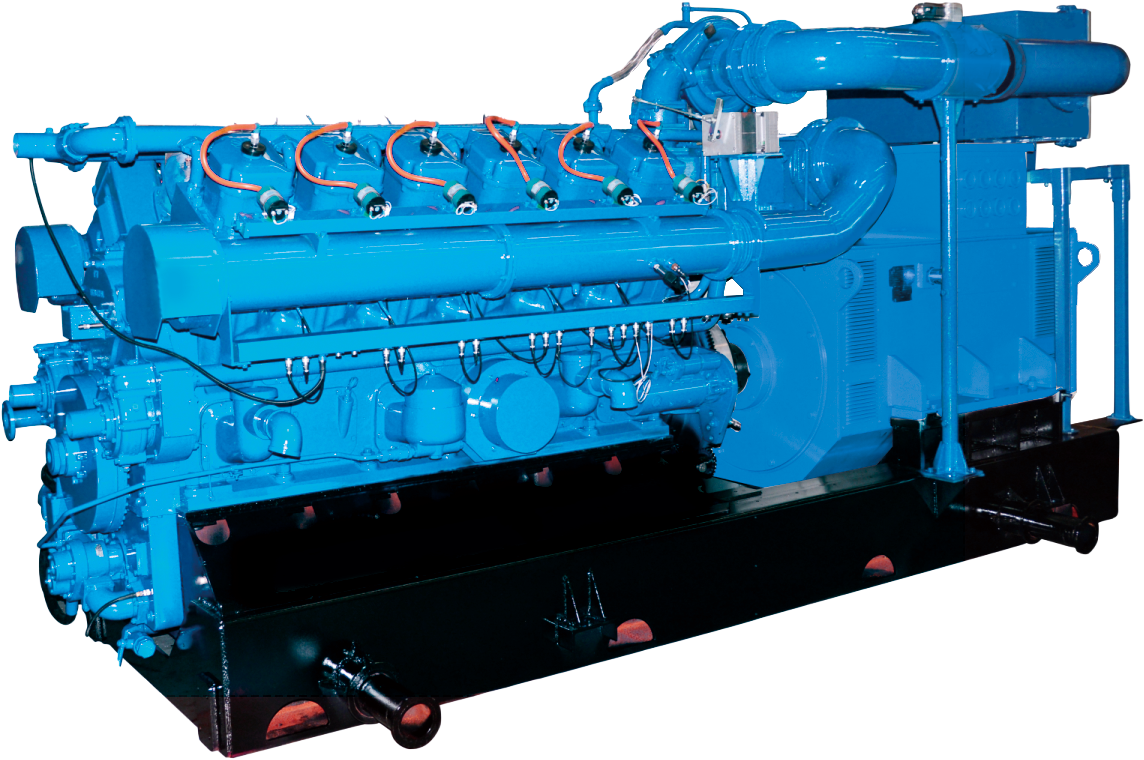
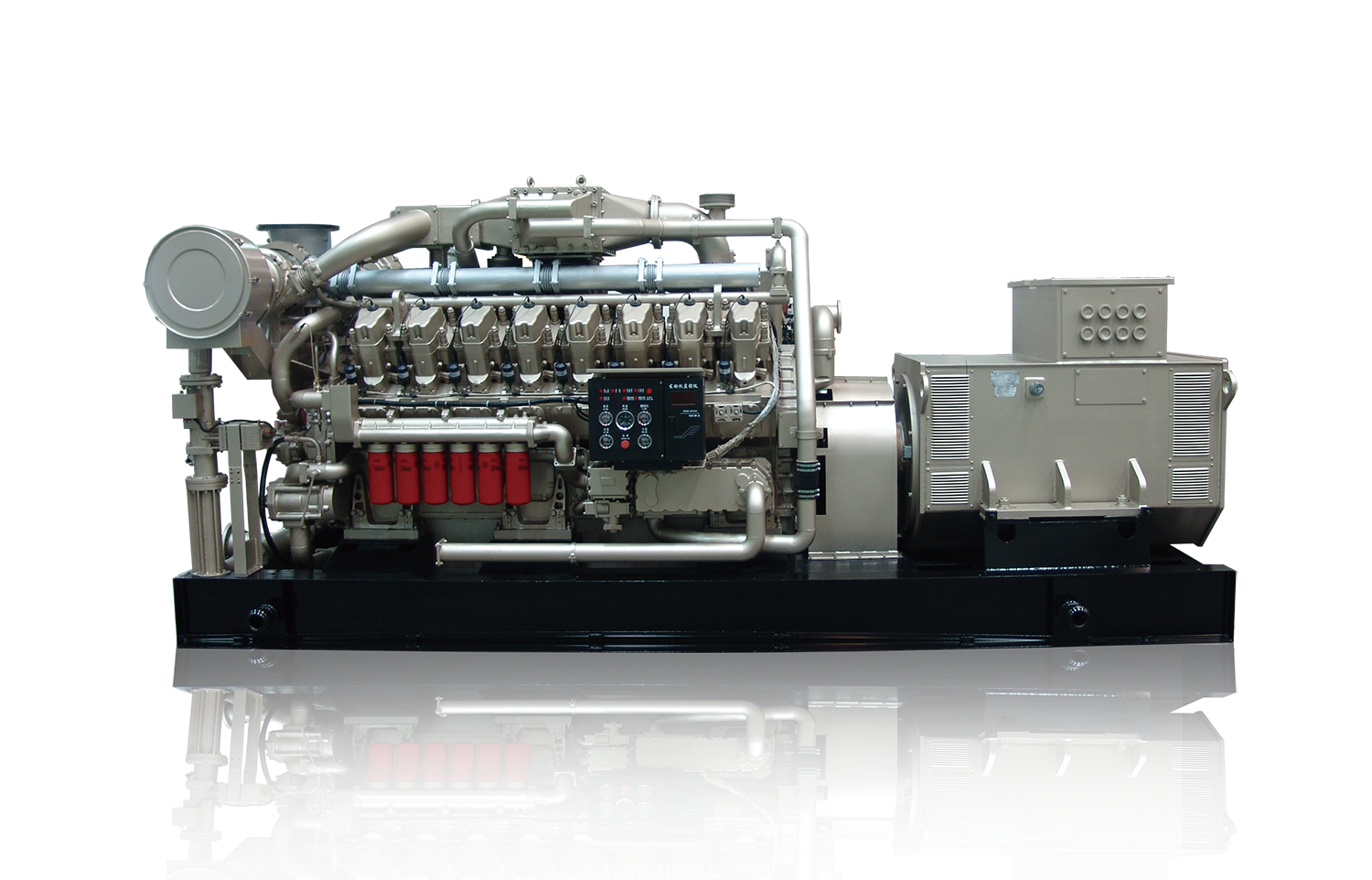
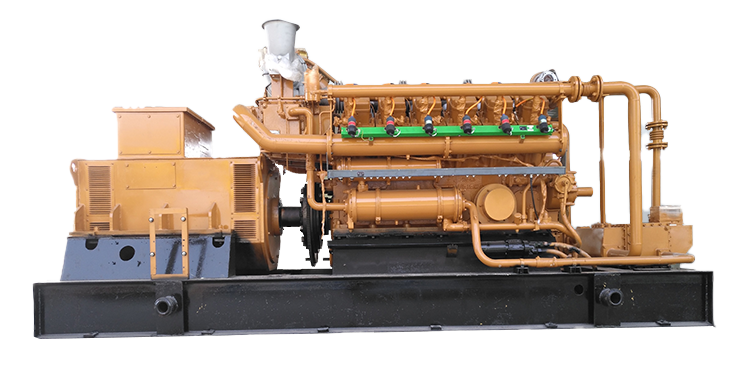

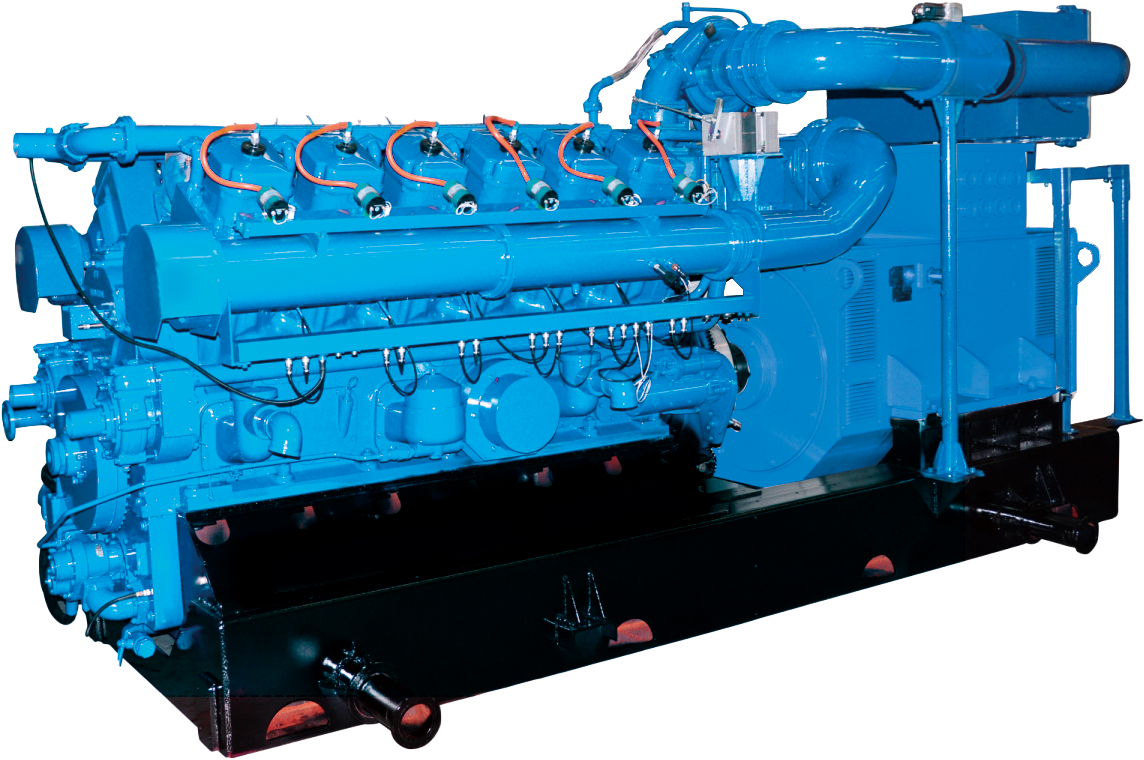
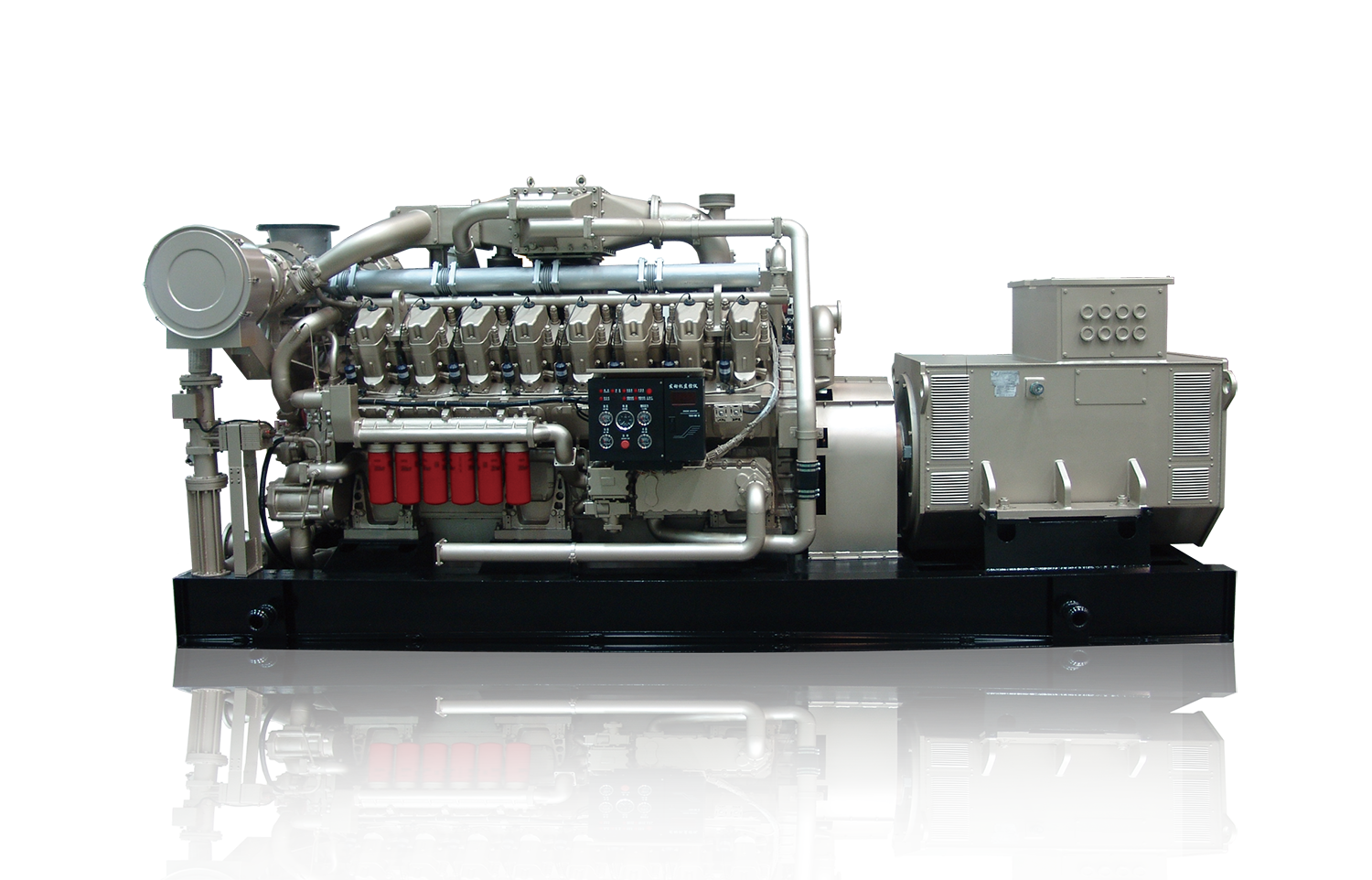
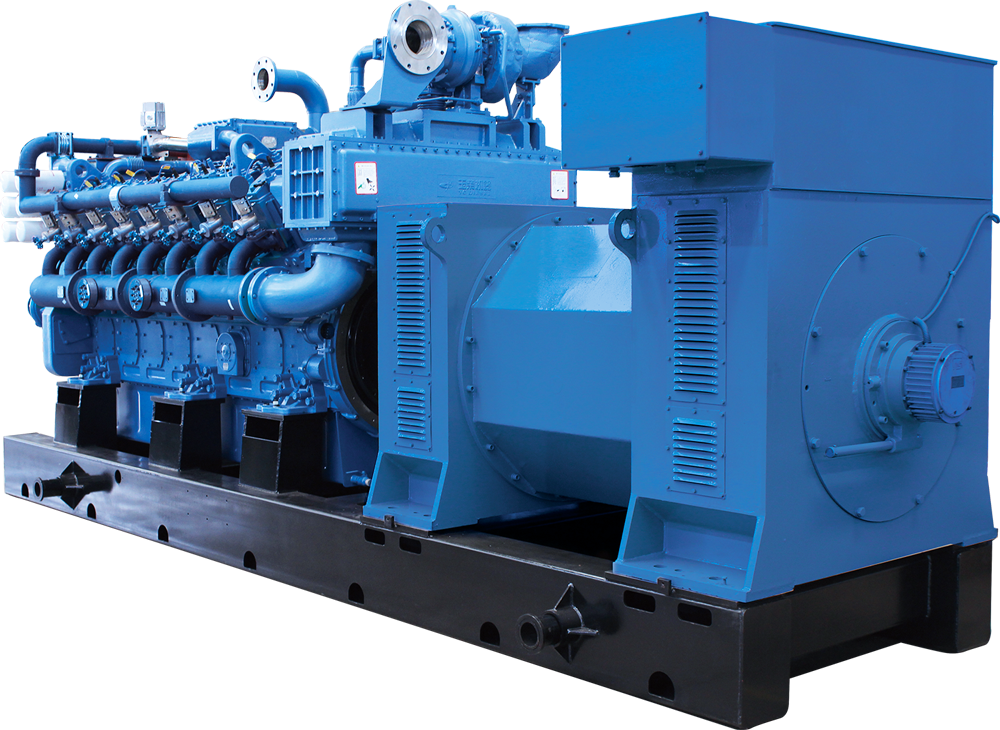


 Tel:0531-69953988
Tel:0531-69953988  Add:101, Building 5, Liandong U Valley Science and Technology Innovation Center, Zhangjin Comprehensive Bonded Zone, No. 33688 Jingshi East Road, Suncun Street, Jinan Area, China (Shandong) Pilot Free Trade Zone
Add:101, Building 5, Liandong U Valley Science and Technology Innovation Center, Zhangjin Comprehensive Bonded Zone, No. 33688 Jingshi East Road, Suncun Street, Jinan Area, China (Shandong) Pilot Free Trade Zone

